

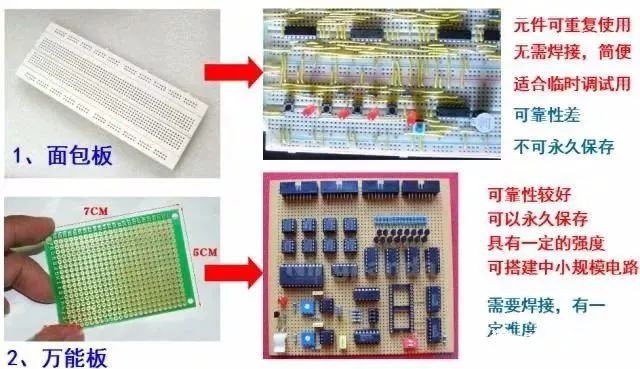
For the layout of components on the universal board, most people are accustomed to “following the clues,” centering around key components like chips and inserting other components wherever possible. This method reflects order in the chaos of soldering, and is efficient. However, due to the lack of experience, beginners may find this method unsuitable. They can first create a preliminary layout on paper, then draw it on the front of the perforated board (component side), and plan the wiring to facilitate their soldering.
The welding method for universal boards generally involves using fine wires for flying connections. While there is not much technique involved, it is best to keep the wiring horizontal and vertical for clarity, as shown in the diagram below.
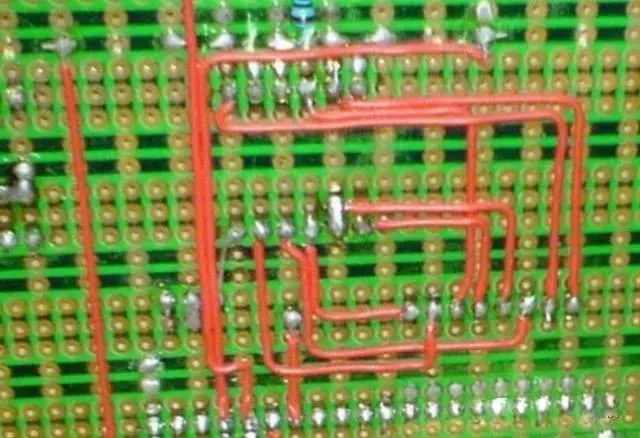
A popular method online is the solder connection method, as shown in the diagram below. This method has good craftsmanship and stable performance, but it wastes a lot of solder. Pure solder connections are difficult and affected by factors such as solder wire and personal soldering skills. If you first pull a fine copper wire and then drag solder along it, it becomes much simpler. The soldering method for perforated boards is very flexible and varies from person to person; find a method that works for you.
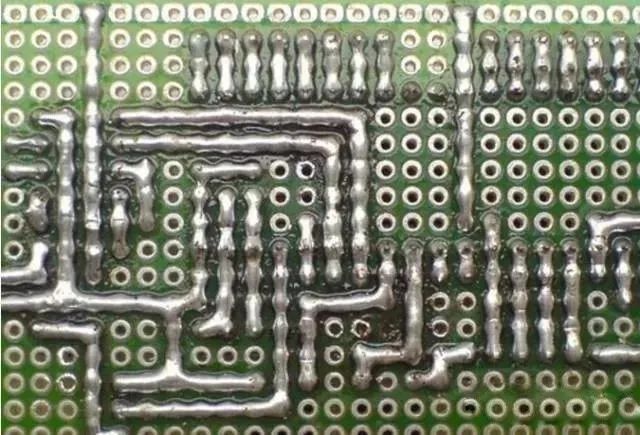
Many beginners have unstable boards that are prone to short circuits or open circuits. Besides unreasonable layouts and poor soldering, a lack of skills is one of the main reasons for these issues. Mastering some skills can greatly reduce the complexity of translating circuits into physical hardware, minimize flying wires, and make the circuit more stable. Below are some welding techniques for perforated boards based on the author’s experience.
1. Preliminary Layout of Power Supply and Ground
The power supply runs throughout the circuit, and a reasonable layout of the power supply is crucial for simplifying the circuit. Some perforated boards have copper foils running through the entire board, which should be used for power and ground lines. If there are no such copper foils, you need to have a preliminary plan for the layout of power and ground lines.
2. Make Good Use of Component Pins
Soldering on perforated boards requires a lot of jumpers and wires. Do not rush to cut off the excess pins of components; sometimes directly connecting to the pins of nearby components can be much more efficient. Additionally, to save materials, you can collect the cut-off component pins to use as jumper wires.
3. Be Good at Setting Jumpers
This point must be emphasized: setting more jumpers not only simplifies connections but also looks much neater, as shown in the diagram below.
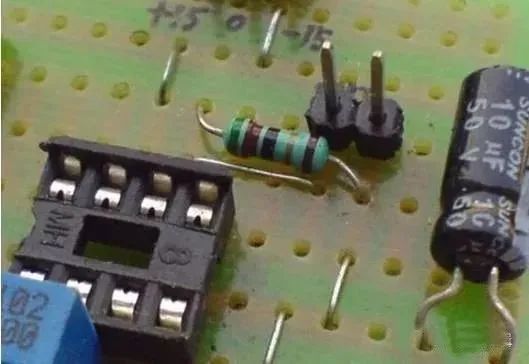
4. Make Good Use of the Component Structure
Diagram a shows a matrix keyboard circuit, while diagram b shows a matrix keyboard soldered by the author. This is a typical example of utilizing the inherent structure of components: the tactile buttons in diagram b have four pins, two of which are connected. We can use this feature to simplify wiring, with the electrically connected pins acting as jumpers. Readers can refer to diagram c for a better understanding.

Diagram a
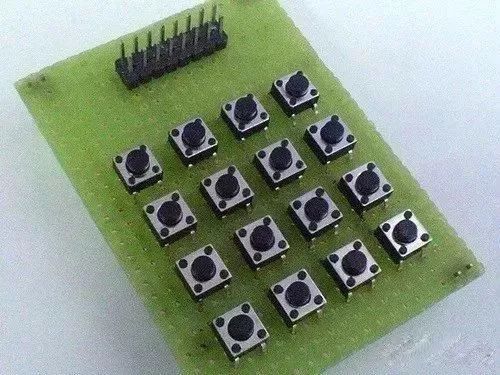
Diagram b
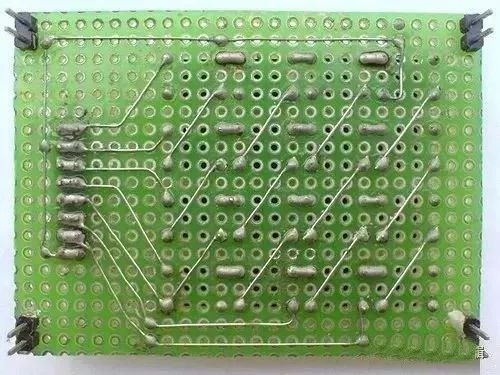
Diagram c
5. Make Good Use of Pin Headers
The author likes to use pin headers because they have many flexible uses. For example, when connecting two boards, pin headers can serve both mechanical and electrical connection purposes. This method is inspired by the connection methods used in computer boards.
6. Cut Copper Foil When Necessary
When using perforated boards, to make full use of space, it is sometimes necessary to cut certain copper foils with a knife, allowing more components to be placed in limited space.
7. Make Full Use of Double-Sided Boards
Double-sided boards are relatively expensive, so if you choose them, you should make full use of them. Each pad on the double-sided board can act as a via, allowing flexible electrical connections between both sides.
8. Make Full Use of Space on the Board
Chip sockets can hide components, making the layout both neat and protective for the components.
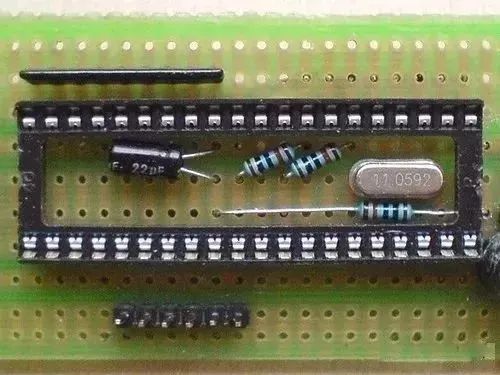

When comparing circuit boards made by novices and experts, the difference is shocking!
The boards made by entry-level newcomers look like this▼
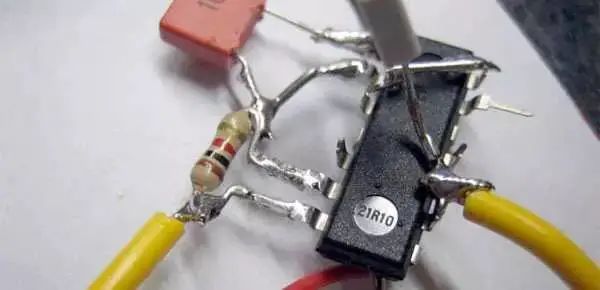

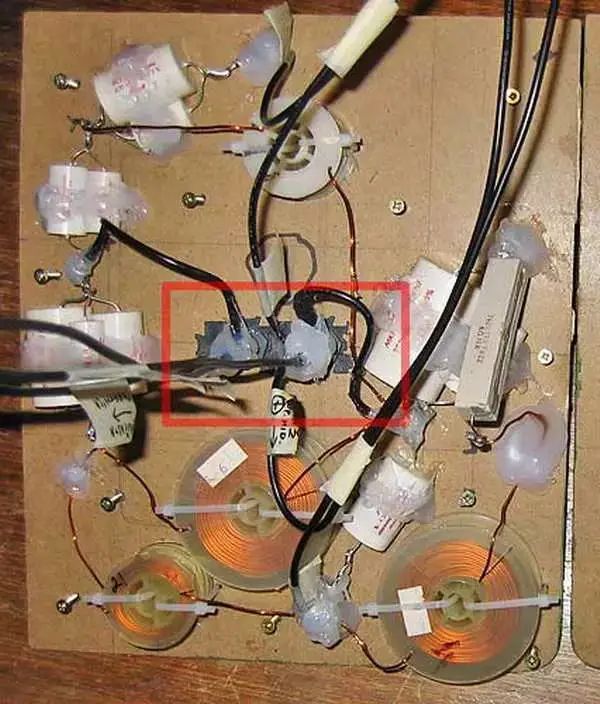
The boards made by experts look like this▼
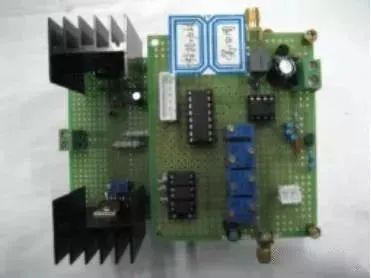
Of course, some experts can create beautiful designs without using boards;
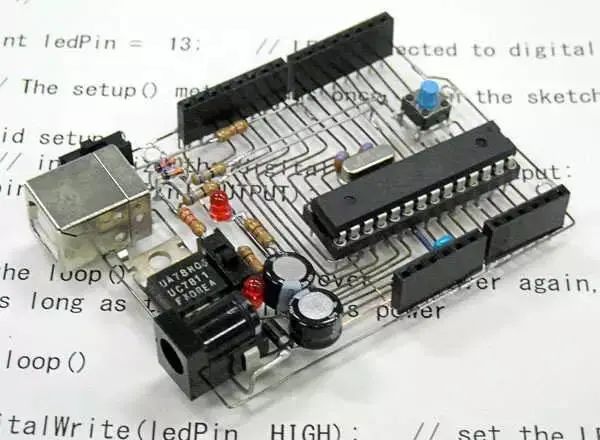
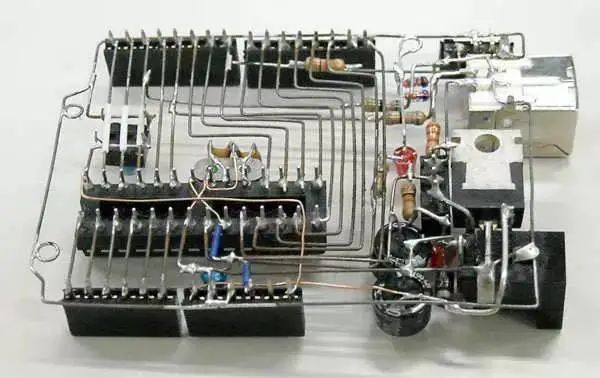
Some geniuses can create super complex things,
Foreigners built a CPU using logic gates on a universal board… simply amazing!
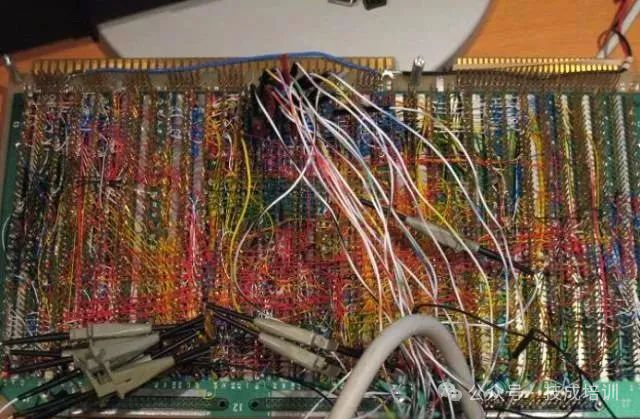
Preparation Work
1. Draw and Simulate the Schematic
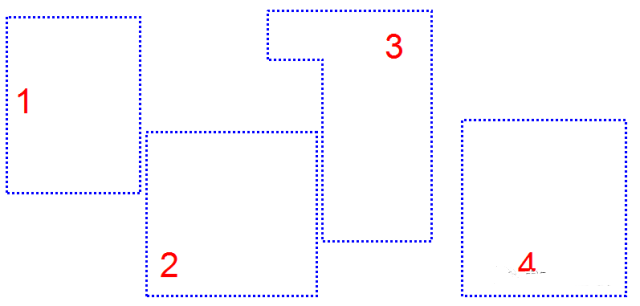
Key points:
(1) Break the circuit into blocks to provide a rough functional division for layout and soldering;
(2) Parameters of key points [inputs, outputs, special points of each circuit block] provide theoretical reference values for circuit debugging;
2. Prepare Components
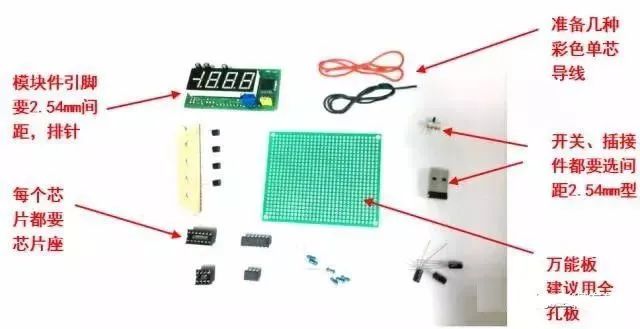
Key points:
(1) Check component values and labels, ensuring nothing is missed;
(2) Ensure all components and materials are prepared before starting, avoiding last-minute scrambling;
(3) Test components as much as possible before soldering;
3. Prepare Tools
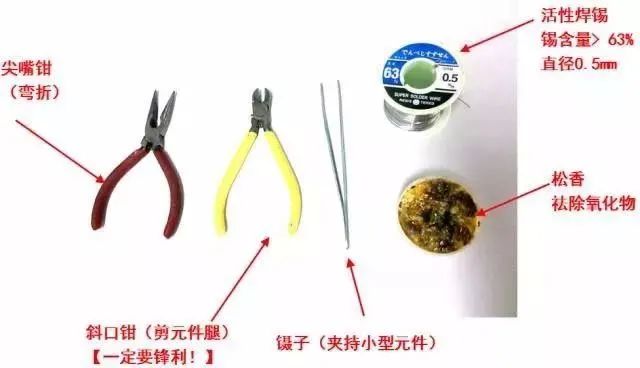

Choose a good soldering iron, preferably a temperature-controlled soldering station;
4. Install Copper Columns
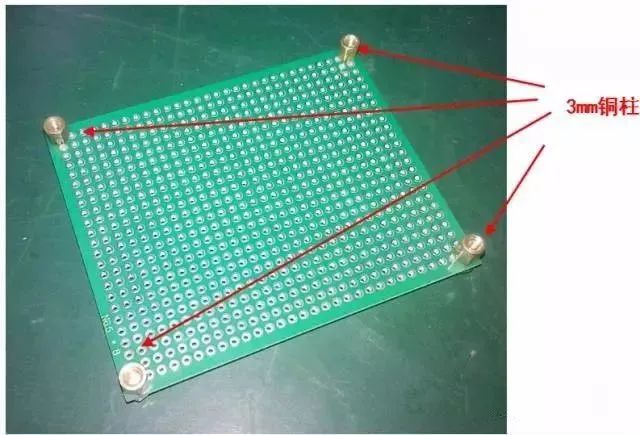
Installing copper columns (or screws) in the corners can effectively prevent accidental short circuits on the soldering surface.
Pre-layout
1. Arrange Important Components and Interface Devices
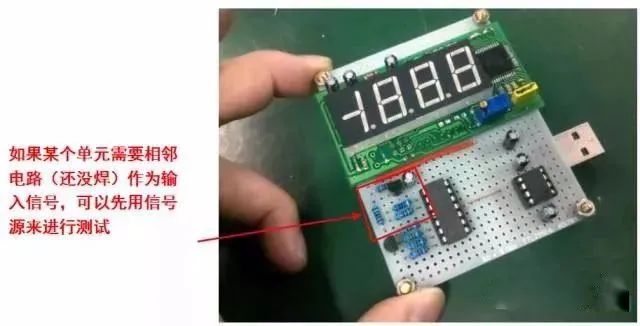
The layout should be reasonable, easy to operate, compact, and facilitate connections and soldering.
2. Consider Signal Flow Direction
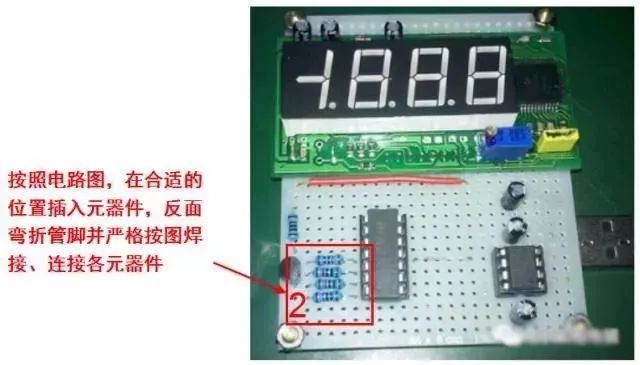
Signals on the circuit board should flow in order as much as possible, avoiding crossings.
3. Record Layout and Remove Components
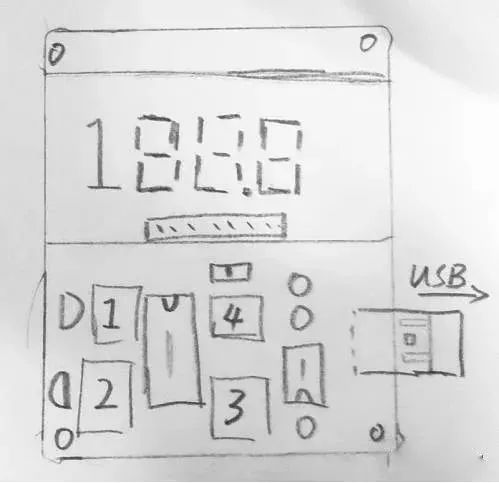
Use a pencil to record the positions of key components, the general layout, and signal flow direction.
Build the Power Supply Section
1. Build the Power Supply Section
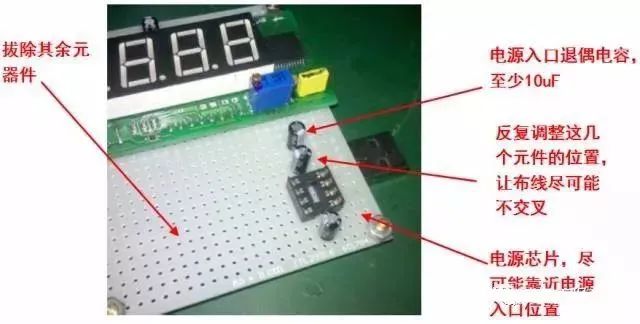
First solder and debug the power supply circuit, which is the first step to ensure overall normal operation.
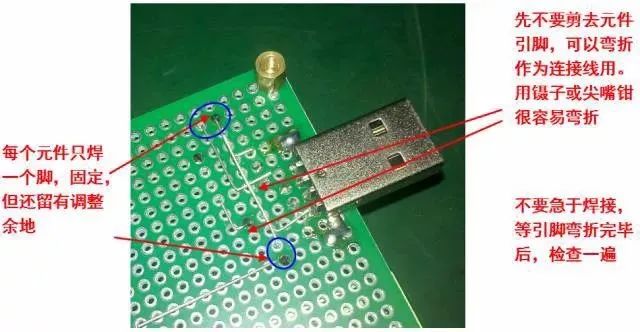
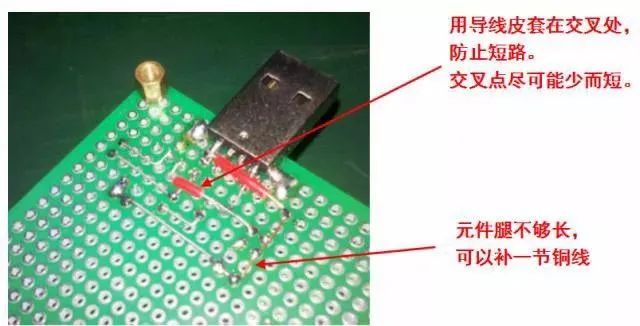
A good layout makes wiring much easier.
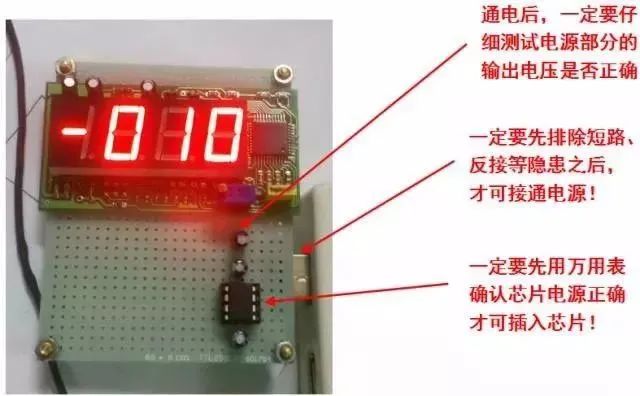
The power supply section must be debugged and tested successfully before proceeding with the subsequent circuit building.
2. Build the Signal Processing Section
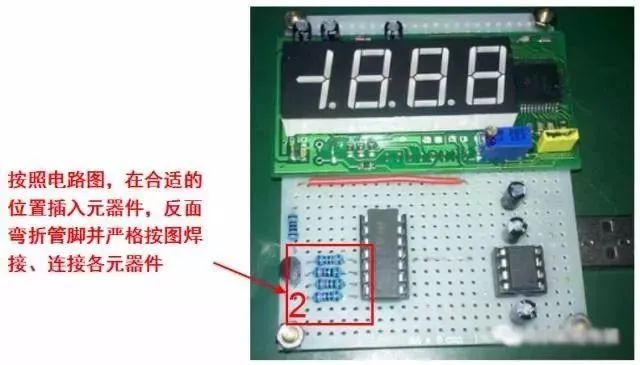
Generally, start building from the source of signal flow, testing as you go.
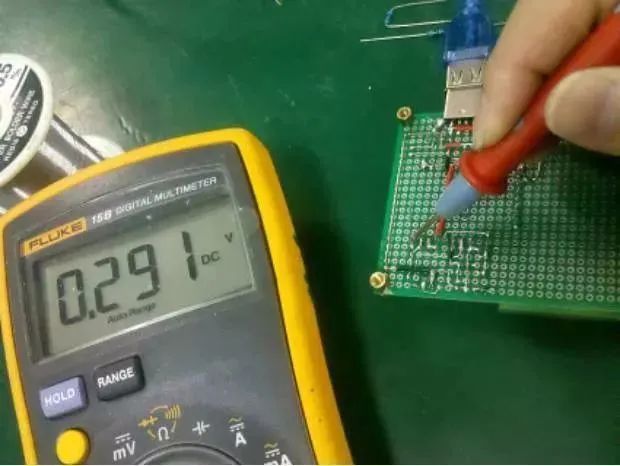
After completing a circuit module, immediately test it against simulations or theoretical values.
Always build in modules and test simultaneously; avoid soldering everything at once.
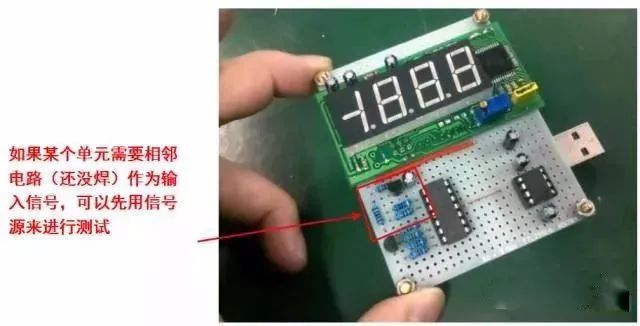
Once this module is tested correctly, proceed to build and test adjacent modules.
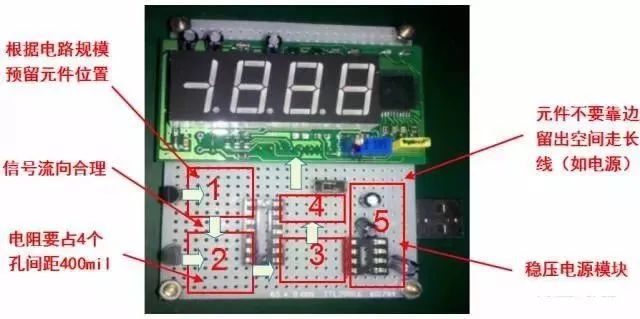
Using a similar method, build the remaining circuit modules (testing simultaneously).
3. Complete Soldering

Check solder joints, correct any poor solder points, tidy up messy wires, and finish up.
4. Overall Circuit Testing
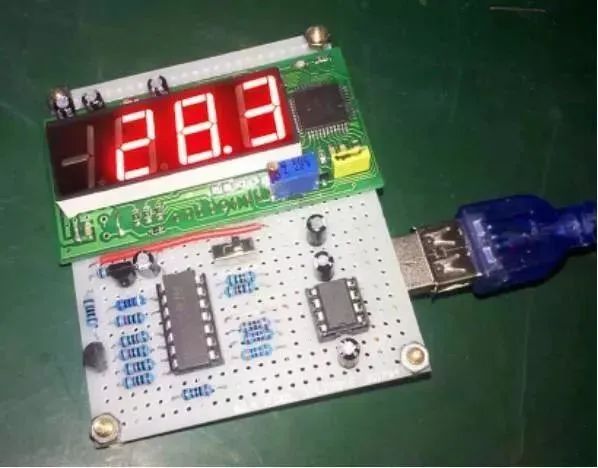
Test functionality and indicators (such as accuracy) to verify compliance with overall design goals.
Data Organization
1. Draw the Official Circuit Diagram
(1) Are there any changes? If so, reflect them in the final circuit diagram.
(2) Mark key test points.
2. Testing Report
(1) Organize raw test data into tables.
(2) Calculate errors, accuracy, and other indicators, comparing with theoretical values.
(3) Did the indicators and functions meet the expected design requirements?
Appreciation of Qualified Circuit Building Works
Excellent works = Integrity, Independence, Aesthetics, Testability
Disclaimer: This article is sourced from the internet, and the copyright belongs to the original author. If there are any copyright issues, please contact us for deletion, thank you!
Complete Question Bank for Junior Electrician Exam 2022 (Includes Answers)
Three essential tools for electricians, just a WeChat click away!
[Collection] The “Path” of a Ten-Year Electrician, Secrets to Earning Over Ten Thousand Monthly!
Which of the five major electrical drafting software (CAD, Eplan, CADe_simu…) do you pick?
The latest electrical version of CAD drawing software, with a super detailed installation tutorial!
The latest electrical drawing software EPLAN, with a super detailed installation tutorial!
Common issues for beginners using S7-200 SMART programming software (with download link)
Complete electrical calculation EXCEL sheets, automatically generated! No need to seek help for electrical calculations!
Bluetooth headsets, beginner electrician/PLC books are freely given away? Come and claim your electrical gifts!
Basic skills of PLC programming: Ladder diagrams and control circuits (with 1164 practical cases of Mitsubishi PLC)
Still can’t understand electrical diagrams? Basic knowledge for electricians, simulation software to help you quickly get started!
12 free electrician video courses, 10GB software/e-book materials, and 30 days of free electrician live classes are given away!
